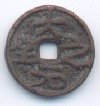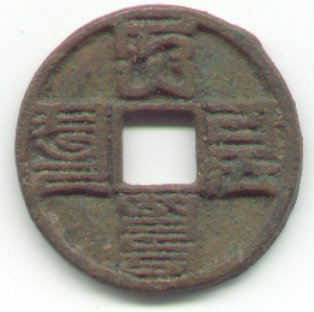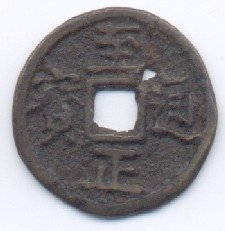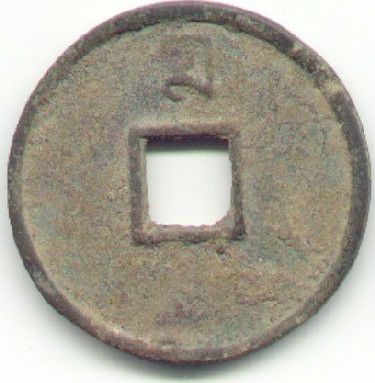
Yuan 1279-1368. Info

Yuan
1279-1368. Info
Emperor Shi Zu. 1260-1294. (Kublai Khan actually ruled from 1280-1294).
Emperor Cheng Zong. 1295-1307.
Emperor Wu Zong. 1308-1311.
 Note that Bao is in the simplified form. |
Ding 1735. Da Yuan Zhi Bao. Tempelmoney. David Ren page 107:The coins in this category stand unique in the currency of the Yuan Dynasty. The imperial family were advocators of Buddhism, and large sums of money were appropriated for the building of temples and monasteries, the larger ones of which cast coins of their own for offerings to Buddha. As the abbots and high priests were themselves mostly high- ranking government officials, the temple mints were, in a sense, official mints, and the coins cast held the status of legal tender. Paper money being the standard currency at the time, seven of the Yuan emperors issued only banknote, their reign titles appearing, nevertheless, on some of the temple coins. Such cash were crude in make, the legends poorly written, and most of them smaller in size than government issues; still they were hard cash and readily accepted by the public in lieu of the discredited banknotes. |


Schjöth 1099. Da Yuan Tong Bao. From1310.
Legend in Mongol script.
Emperor Ren Zong. 1312-1320.
No coins.
Emperor Ying Zong. 1321-1323.
No coins.
Emperor Tai Ding. 1324-1328.

Ding 1758. Tai Ding Yuan Bao. Also temple money.
Note that Bao is in the simplified form.
Emperor Ming Zong. 1329.
No coins.
Emperor Wen Di. 1330-1332.
No coins.
Emperor Shun Di. 1333-1368.


Schjöth 1109. Zhi Zheng Tong Bao.
Denomination two in both Mongol and Chinese Script.


Schjöth 1111. Zhi Zheng Tong Bao.
Denomination 10 in Mongol script.